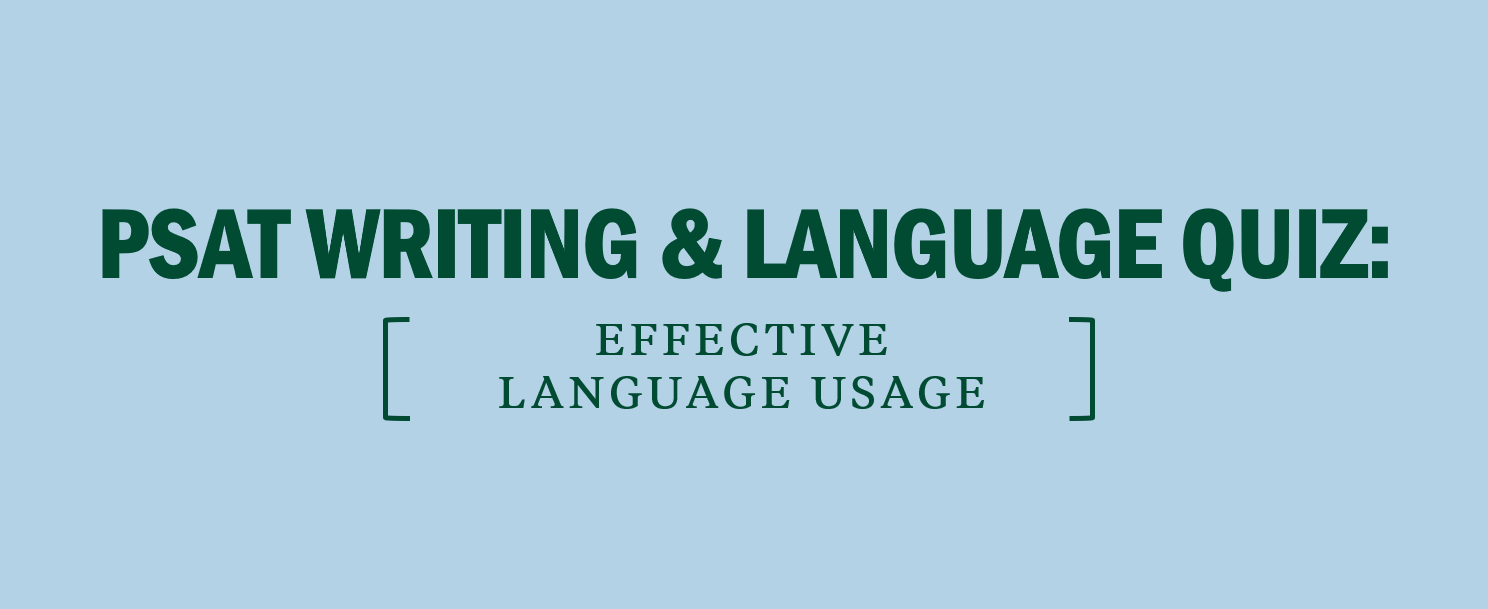PSAT Reading: Global and Command of Evidence Practice Questions
Let’s look at the following example of a test-like passage and question set. After the mapped passage, the left column contains questions similar to those you’ll see on the PSAT Reading Test on Test Day. The column on the right features the strategic thinking test experts employ when approaching the passage and questions presented. Pay attention to how test experts vary the approach to answer different question types.
Remember!
A well-crafted Passage Map should summarize the central idea of each paragraph as well as important topics or themes. Use your Passage Map to help you answer each question.
Sample PSAT Reading Practice Questions: Global/Command of Evidence
Step 1: Read Actively
¶1: Rickie doesn’t like suburbs
¶2: description of Rickie’s father
¶3: description of Rickie’s mother
¶3: Mr. E not excited about marriage
¶4: mom- bad taste, dad- left
¶4: parents lived apart
¶4: father has new lady
Question 1
Step 2: Examine the question stem
- What kind of question is this? A Global question
- How do you know? It asks about the description of a character mentioned throughout the passage
Step 3: Predict and answer
- What is the general characterization of Mr. Elliot? Negative
- Which answer choice contains two negative adjectives that reflect Mr. Elliot’s personality? Choice (B)
Question 2
Step 2: Examine the question stem
- What kind of question is this? A Detail question
- How do you know? “According to the passage”
Step 3: Predict and answer
- In what part of the passage does the author mention the suburbs? The first paragraph
- What is Rickie’s attitude toward the suburbs? Negative
- Why does the family live in the suburbs? Because it’s “convenient” (line 10) for Mr. Elliot
- What answer choice matches this? Choice (A)
Question 3
Step 2: Examine the question stem
- What kind of question is this? A Command of Evidence question
- How do you know? The question stem’s wording
- What keywords in the question stem’s wording? “Best evidence for the answer to the previous question” and the answer choices use line citations
Step 3: Predict and answer
- Where did you find the answer to the previous question? The first paragraph
- Who insists that the family live in the suburbs? Mr. Elliot
- What answer choice matches this? Choice (D)
Remember!
The Kaplan Strategy for Command of Evidence questions: Review how you selected the answer to the previous question and avoid answer choices that provide evidence for incorrect answer choices to it. The correct answer will support why the previous question’s answer is correct.
PSAT Reading Practice Question Explanations
Question 1
When asked for a description of a character in a U.S. and World Literature passage, use your Passage Map to gather an overall sense of the character. The author’s tone is generally negative when referring to and describing Mr. Elliot, so look for the answer choice that is fully negative. Watch out for answer choices that have only one negative adjective. Both adjectives must apply for the answer to be correct. While A also contains negative adjectives, there is no indication that Mr. Elliot is “monotonous,” even though the suburbs are boring. Choice (B) is correct.
Question 2
Active reading means always searching for the author’s opinion about what is being described. Look for hints that reveal the author’s opinion. The phrases “filmy heavens” (line 3) and “gray monotony” (line 8) are negative. The author also says “there was no necessity for this—it was only rather convenient to his father” (lines 9-10). Choice (A) captures the negative tone of the passage and its emphasis on the convenience of Mr. Elliot.
Question 3
Always use the Kaplan Strategy for Command of Evidence questions. In answering the previous question, you established that the Elliot family’s experience in the suburbs was negative and all for the convenience of Mr. Elliot. The sentence in choice (D) supports this.
Previous: PSAT Reading: Command of Evidence Questions
Next: PSAT Reading: Connection Questions







